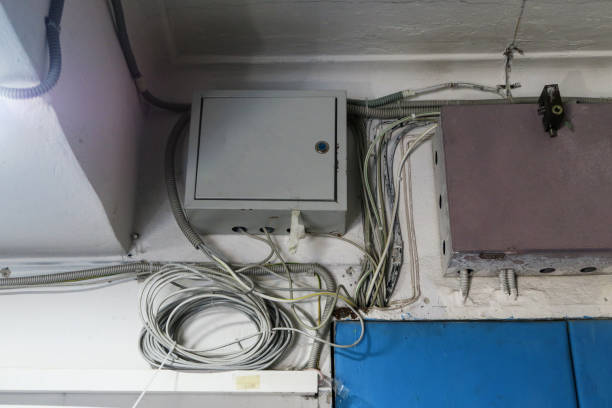G’day mates! Today we’re gonna have a yarn about three-phase testing for electric motors and generators. Now, before diving in, let’s ensure we’re all on the same page. Three-phase testing is a process used to assess electric motors’ and generators’ performance and health. It involves measuring various parameters to ensure they’re running smoothly and efficiently. So, let’s crack on with the details, shall we?
First, we need to take a few key measurements when it comes to three-phase testing. These include voltage, current, power factor, and insulation resistance. Each of these measurements gives us valuable insights into the condition of the motor or generator.
Voltage is pretty straightforward. It’s the electrical potential difference between two points. In three-phase testing, we measure the voltage at each phase to determine if there are any imbalances. Imbalances can indicate problems with the motor or generator, such as faulty windings or connections.
Next up, we have the current. This is the flow of electrical charge through a conductor. When testing three-phase motors and generators, we measure each phase’s current to ensure they’re evenly distributed. If there’s a significant difference in current between phases, it could mean there’s an issue with the motor or generator, like a damaged rotor or stator.
Power factor is another crucial measurement in three-phase testing. It tells us how effectively the motor or generator converts electrical power into mechanical power. A power factor of 1 means the device is operating at maximum efficiency. Anything below 1 indicates some power loss, possibly due to poor insulation or worn-out components.
Lastly, we have insulation resistance. This measurement helps us determine the condition of the insulation materials used in the motor or generator. It’s important because if the insulation breaks down, it can lead to short circuits or electrical shocks. We measure the resistance between the windings and the motor or generator’s frame in three-phase testing. A low insulation resistance value suggests that the insulation might be compromised and needs to be repaired or replaced.
Now that we’ve covered the measurements let’s discuss the testing process. We follow the AS/NZS 3760 standard for testing electrical equipment in Australia. This standard outlines the procedures and intervals for testing electric motors and generators. Generally, tests are recommended every 12 months or after any repairs or modifications.
During testing, it’s important to ensure the motor or generator is disconnected from the power supply to avoid accidents. We use specialized testing equipment, such as multimeters and insulation resistance testers, to measure the parameters we discussed earlier.
Once the testing is complete, we compare the results to the manufacturer’s specifications. If any values fall outside the acceptable range, it’s a sign that there might be an issue with the motor or generator. Further investigation or repairs may be necessary to ensure the device operates safely and efficiently.
In conclusion, three-phase testing is vital for assessing the health and performance of electric motors and generators. By measuring voltage, current, power factor, and insulation resistance, we can identify any potential issues and take appropriate action. Following the AS/NZS 3760 standard ensures the testing process is conducted safely and effectively. So, remember to schedule those tests regularly to keep your motors and generators in top-notch condition. Cheers!
